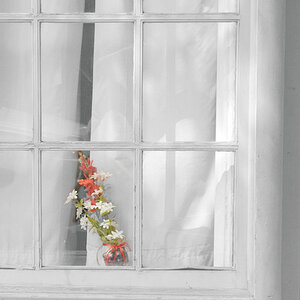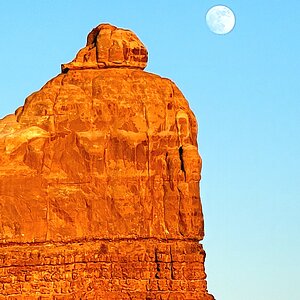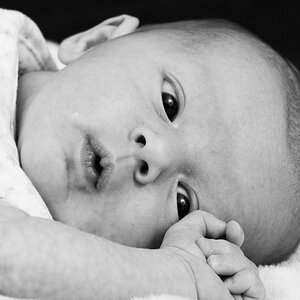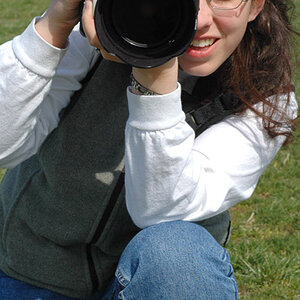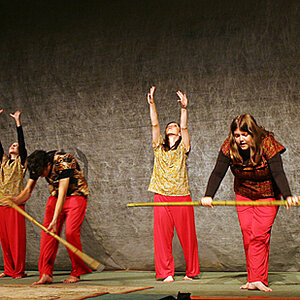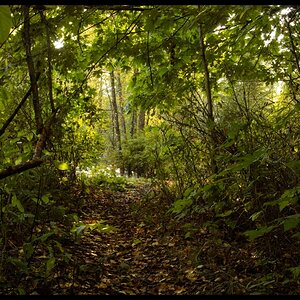Knickle25
TPF Noob!
- Joined
- Feb 13, 2011
- Messages
- 11
- Reaction score
- 1
- Can others edit my Photos
- Photos OK to edit
Good Evening All!
I am new here and to photography. I am still learning photography in general but was wondering what would be a good setup to get for nature/wildlife photography? I have just graduated with a BS in Zoology and thought that photography would be a great skill to complement my degree. I want to be able to take photographs of wild animals in their natural habitats, so im looking for a camera that would let me do this. I will mainly be capturing and tagging carnivores and a few ungulates.
I am still very green to photography. I am doing some online photography classes to get the basics down, but I have the money now to get my setup and was hoping to get something that would be future proof for myself. My budget is about $3,000 and was hoping to get a camera and setup of something that is well above my skill level that I could grow into for a long time to come.
I have been looking around and I have a background in astronomy as well and noticed this little gem. What do you think of this lens?
William Optics Redcat 51 Telescope | Free Shipping on William Optics Refractor Telescope - A-RC51-RD
I am not sure of what im getting myself into here with photography but hopefully you guys can help steer me in the right direction! Thank you for any advice and recommendations you guys might have and I cant wait to get out there!
Thanks again!
I am new here and to photography. I am still learning photography in general but was wondering what would be a good setup to get for nature/wildlife photography? I have just graduated with a BS in Zoology and thought that photography would be a great skill to complement my degree. I want to be able to take photographs of wild animals in their natural habitats, so im looking for a camera that would let me do this. I will mainly be capturing and tagging carnivores and a few ungulates.
I am still very green to photography. I am doing some online photography classes to get the basics down, but I have the money now to get my setup and was hoping to get something that would be future proof for myself. My budget is about $3,000 and was hoping to get a camera and setup of something that is well above my skill level that I could grow into for a long time to come.
I have been looking around and I have a background in astronomy as well and noticed this little gem. What do you think of this lens?
William Optics Redcat 51 Telescope | Free Shipping on William Optics Refractor Telescope - A-RC51-RD
I am not sure of what im getting myself into here with photography but hopefully you guys can help steer me in the right direction! Thank you for any advice and recommendations you guys might have and I cant wait to get out there!
Thanks again!


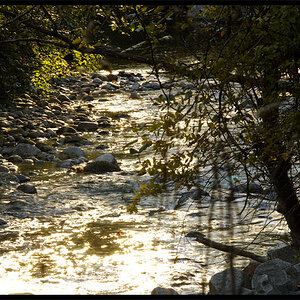
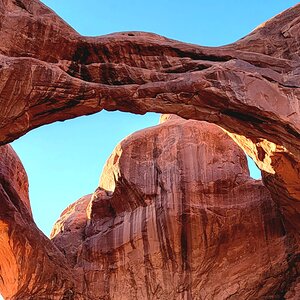
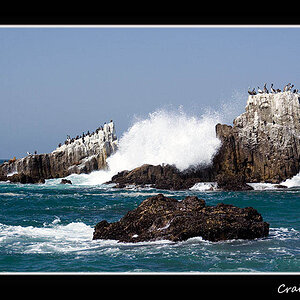
![[No title]](/data/xfmg/thumbnail/38/38728-e8c32361443e4b671d8ef24d4dba6ef8.jpg?1619738702)
![[No title]](/data/xfmg/thumbnail/38/38731-d96a4449258a238d3de11f3c4adffc36.jpg?1619738702)
